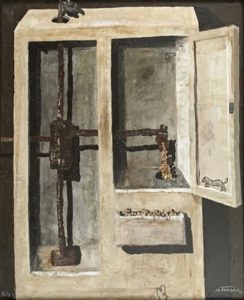An Infuriated Aretha Franklin Writes to Gossip Columnist Liz Smith


In 1993, at New York City’s Nederlander Theatre, Aretha Franklin joined the likes of Elton John, Gloria Estefan, and Smokey Robinson for an AIDS benefit concert titled “Aretha Franklin: Duets.”
Reviews of the performances were glowing. But in her column, Liz Smith decided to critique Franklin’s attire instead, noting that she “must know she’s too bosomy to wear such clothing, but she just doesn’t care what we think, and that attitude is what separates mere stars from true divas.”
Franklin’s response:
How dare you be so presumptuous as to presume you could know my attitudes with respect to anything other than music. Obviously I have enough of what it takes to wear a bustier and I haven’t had any complaints, I’m sure if you could you would. When you get to be a noted and respected fashion editor please let us all know.
Aretha Franklin
P.S. You are hardly in any position to determine what separates stars from divas since you are neither one or an authority on either.
(Source: Letters of Note)








